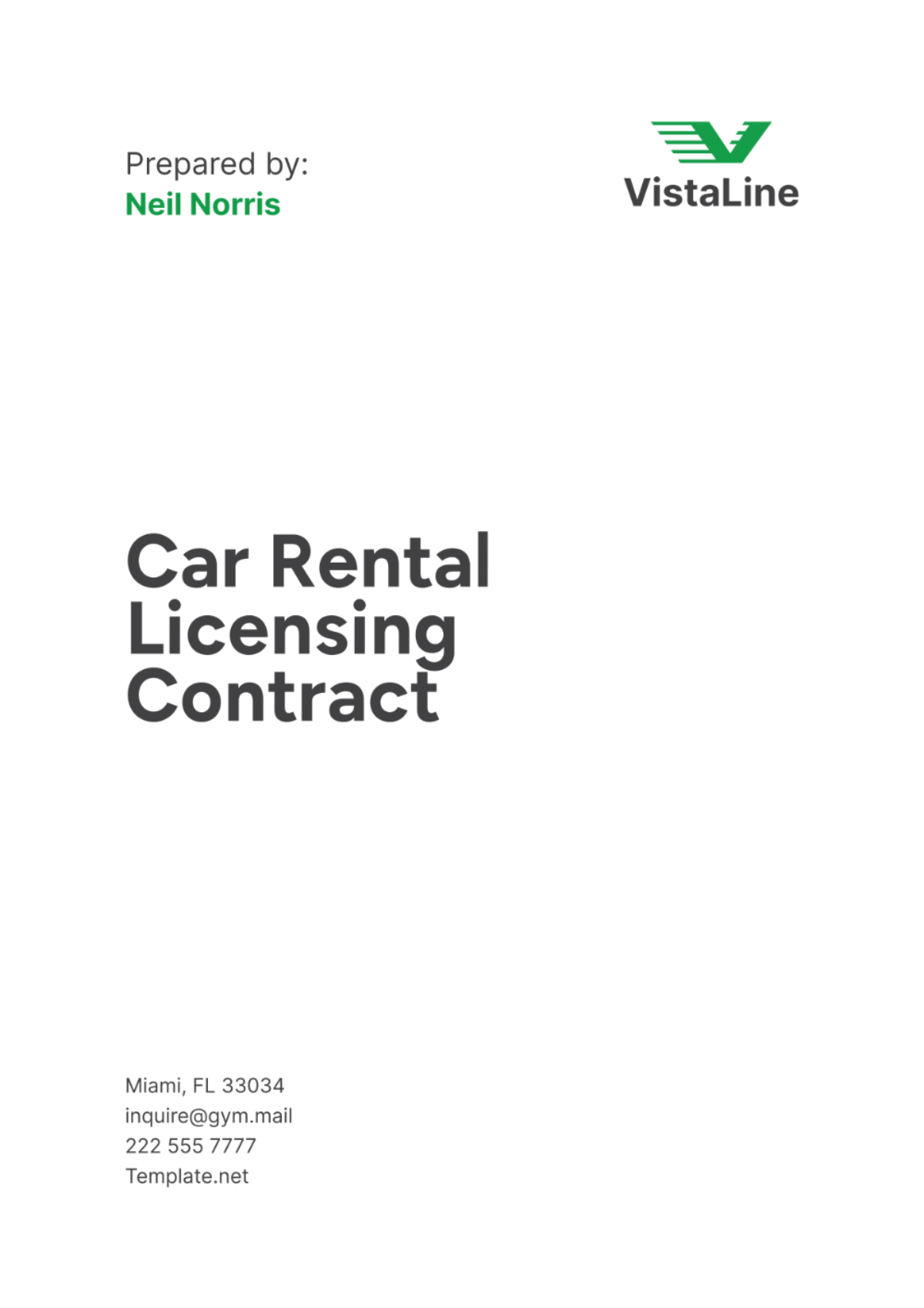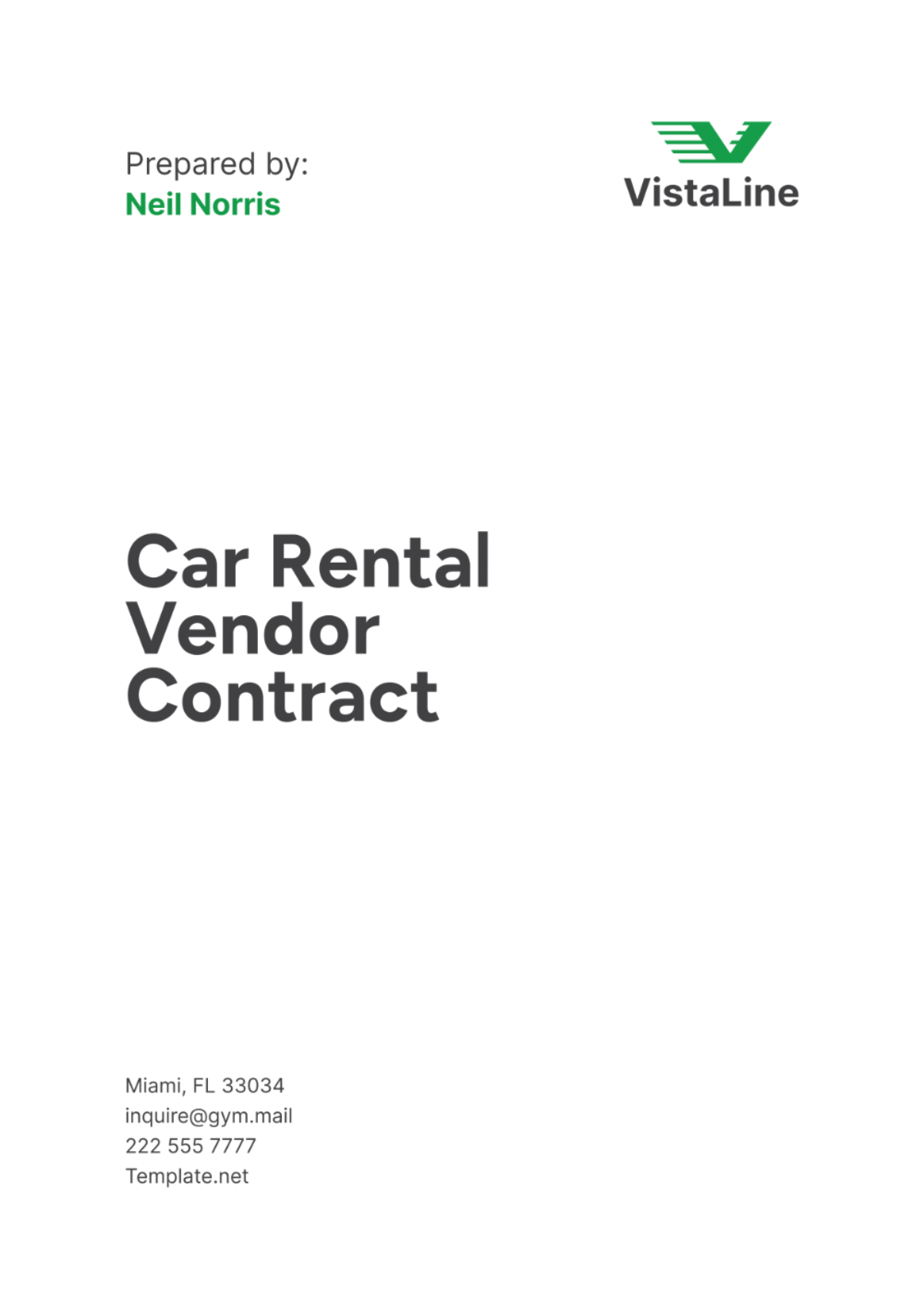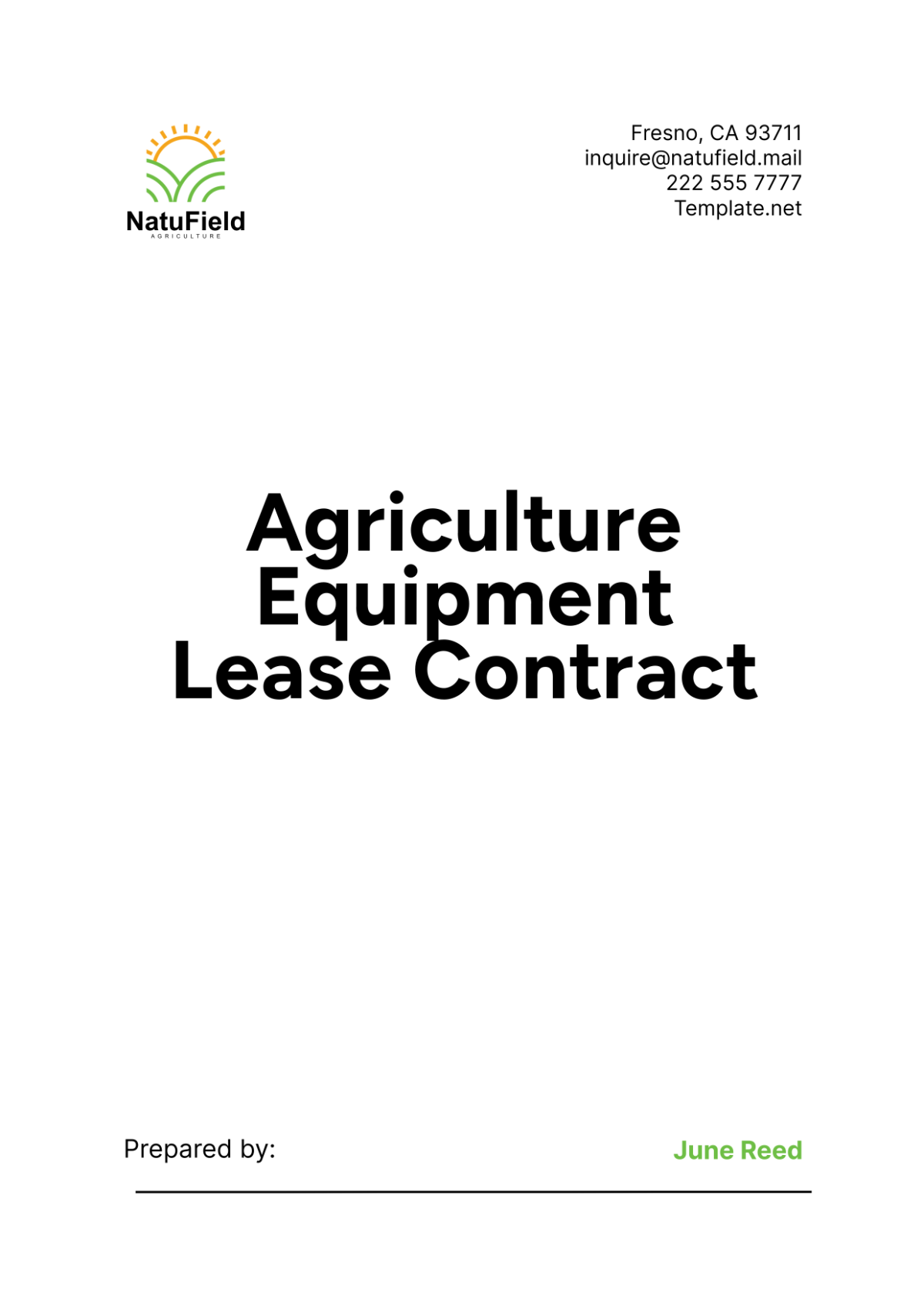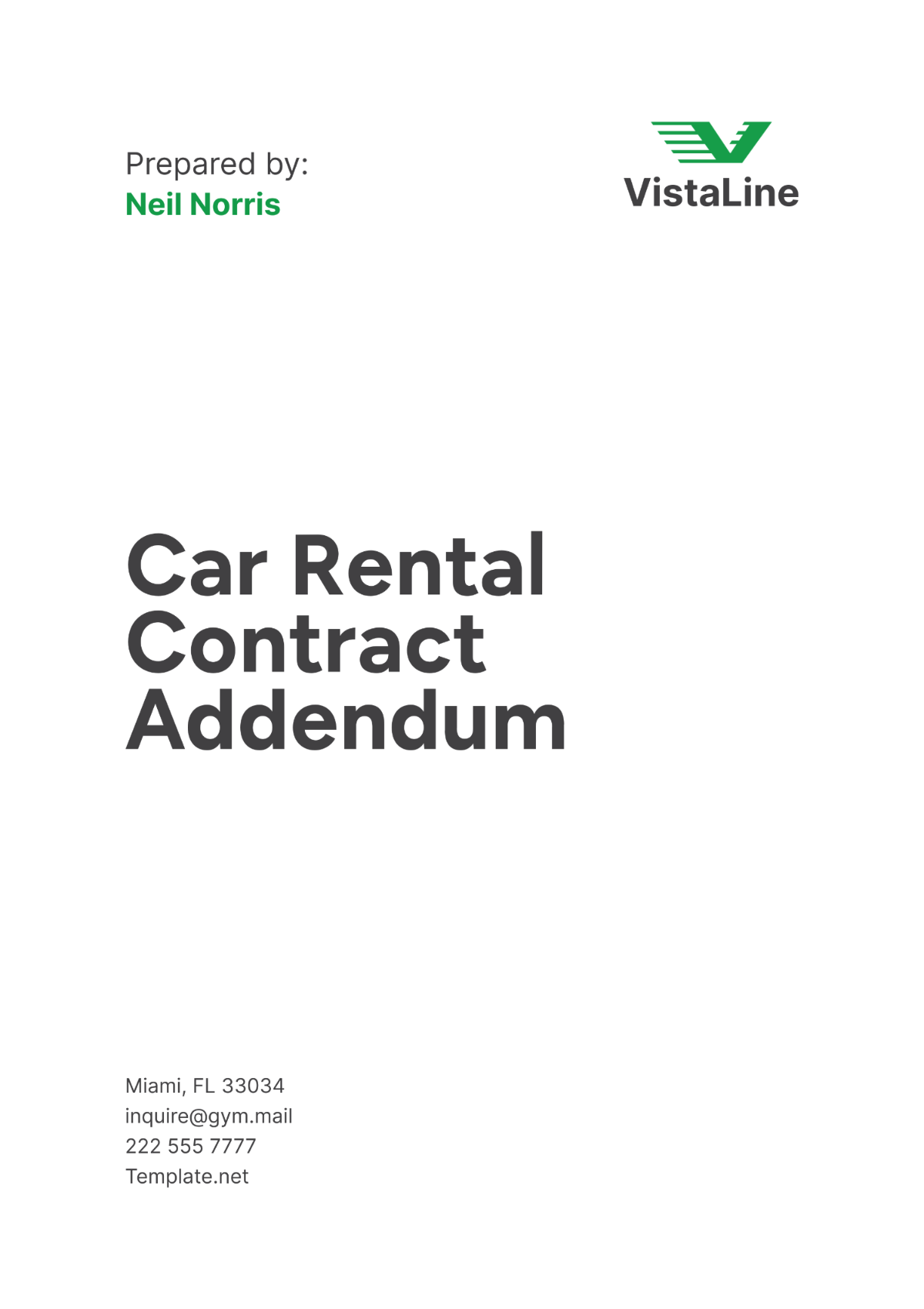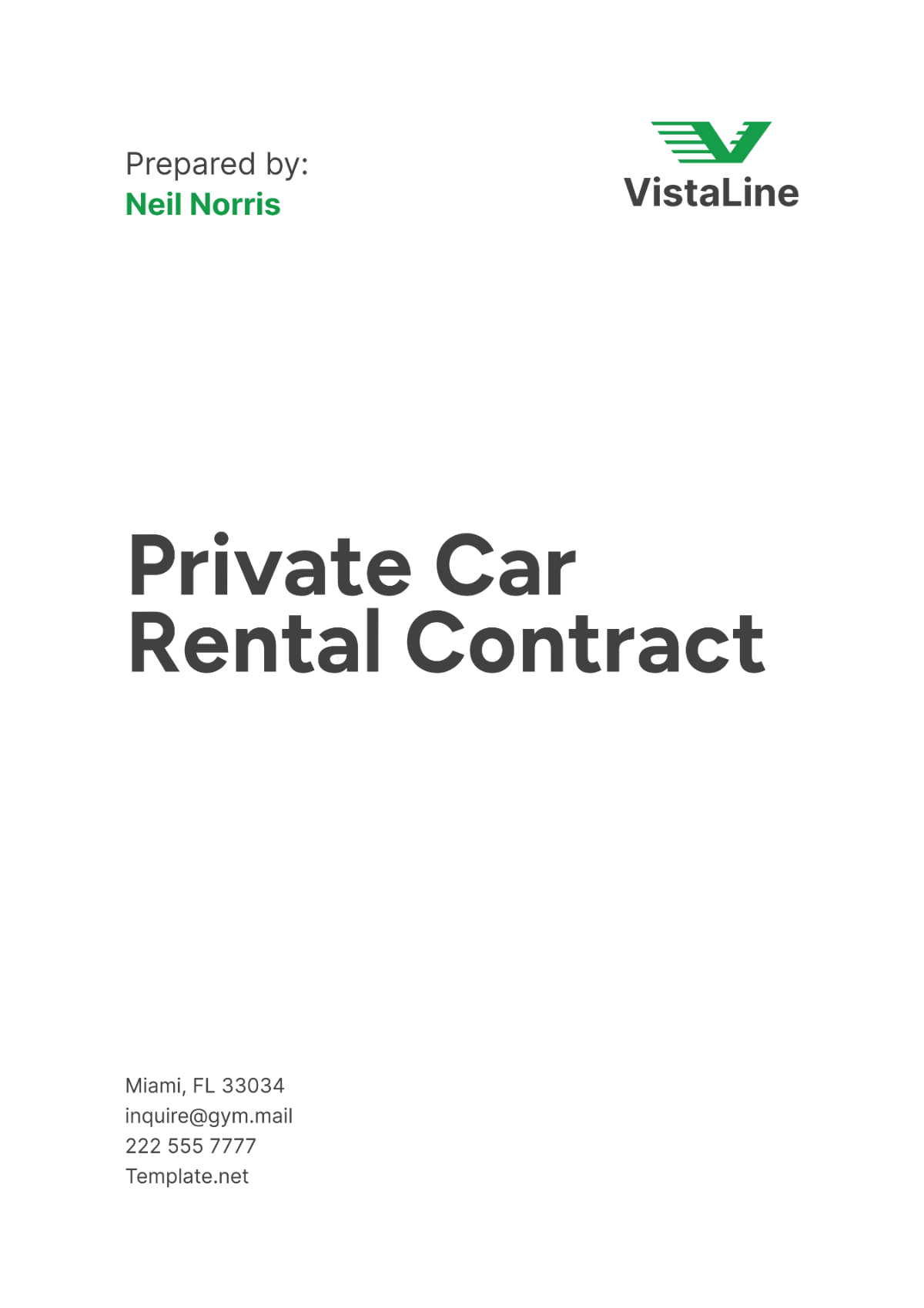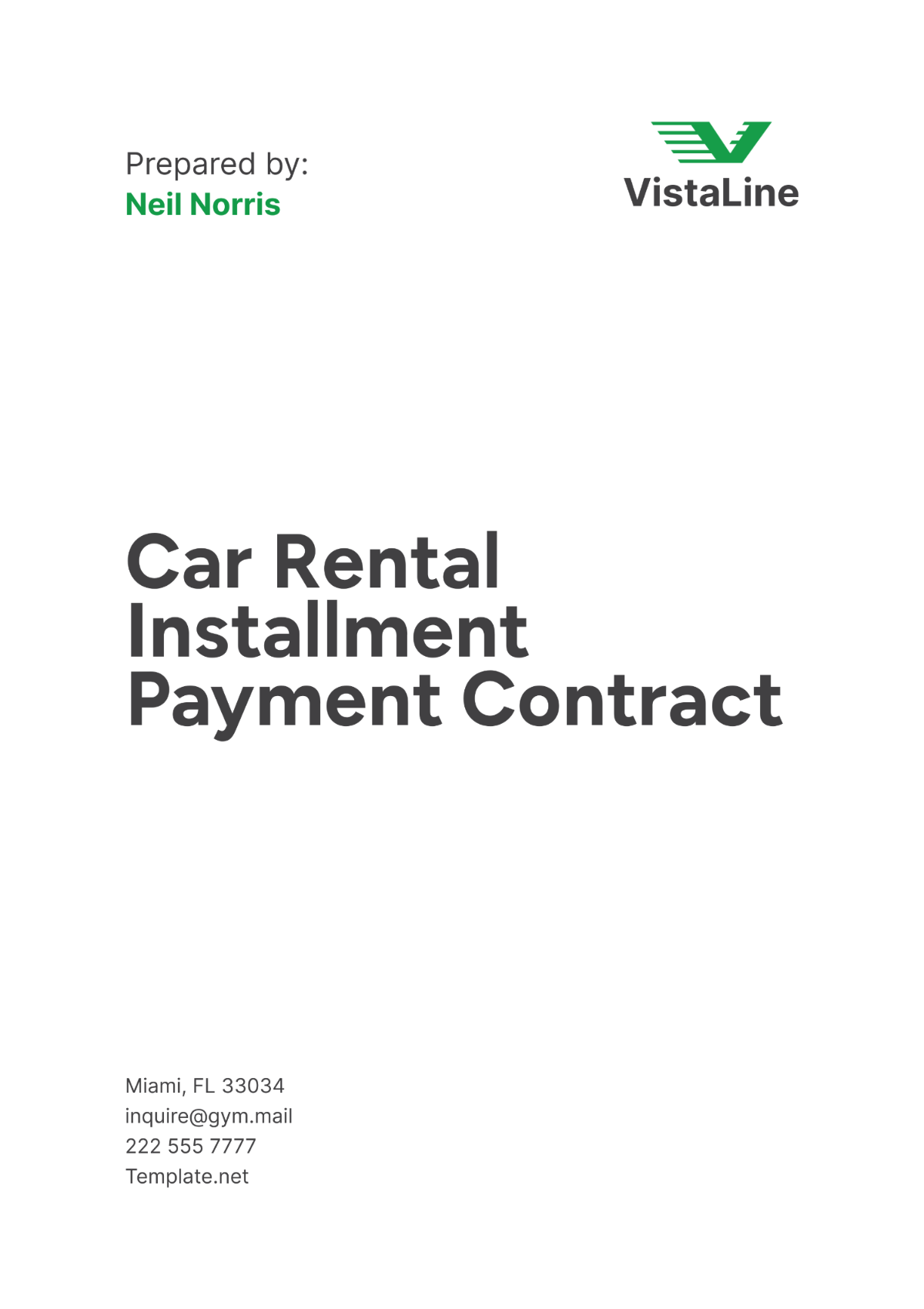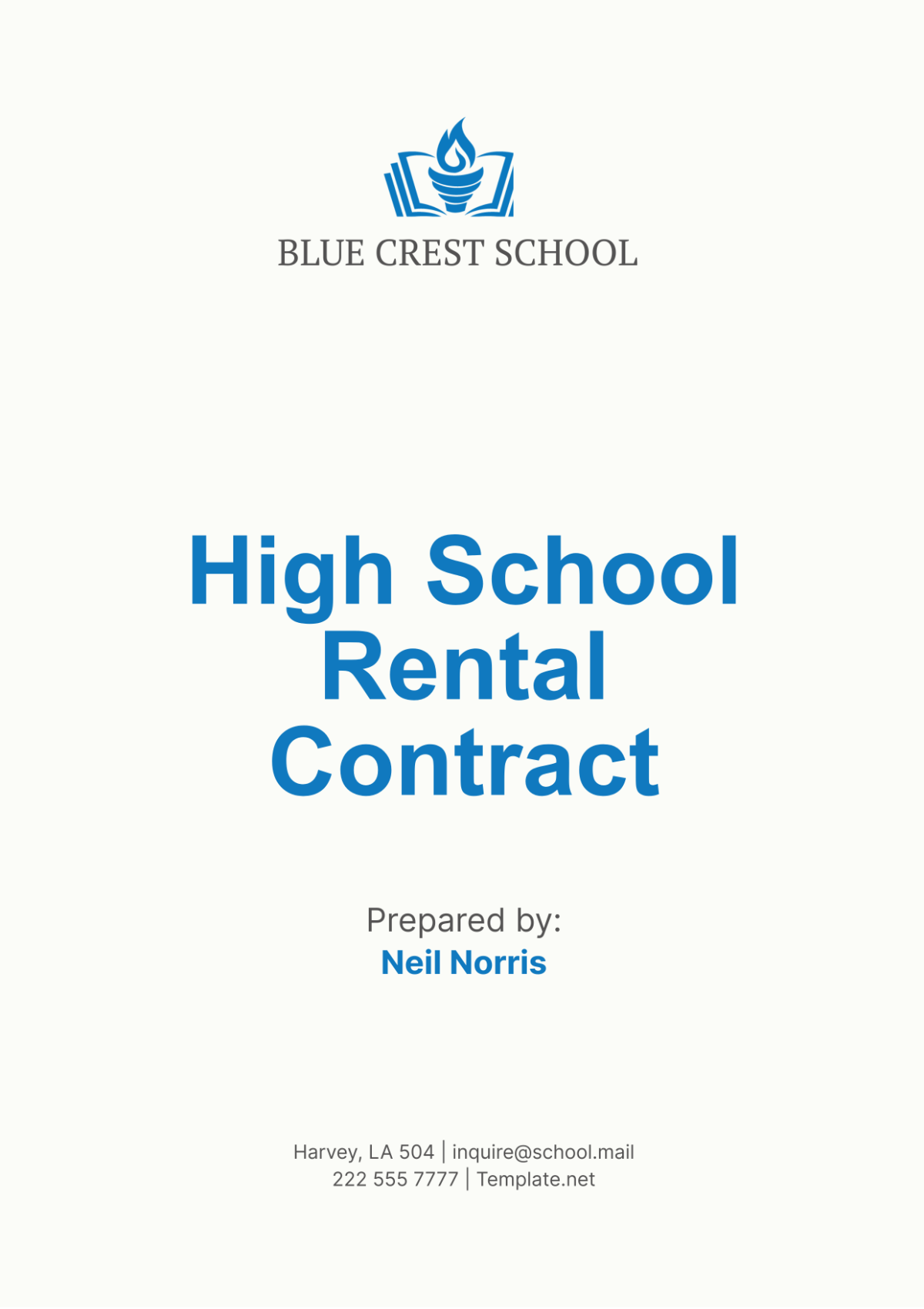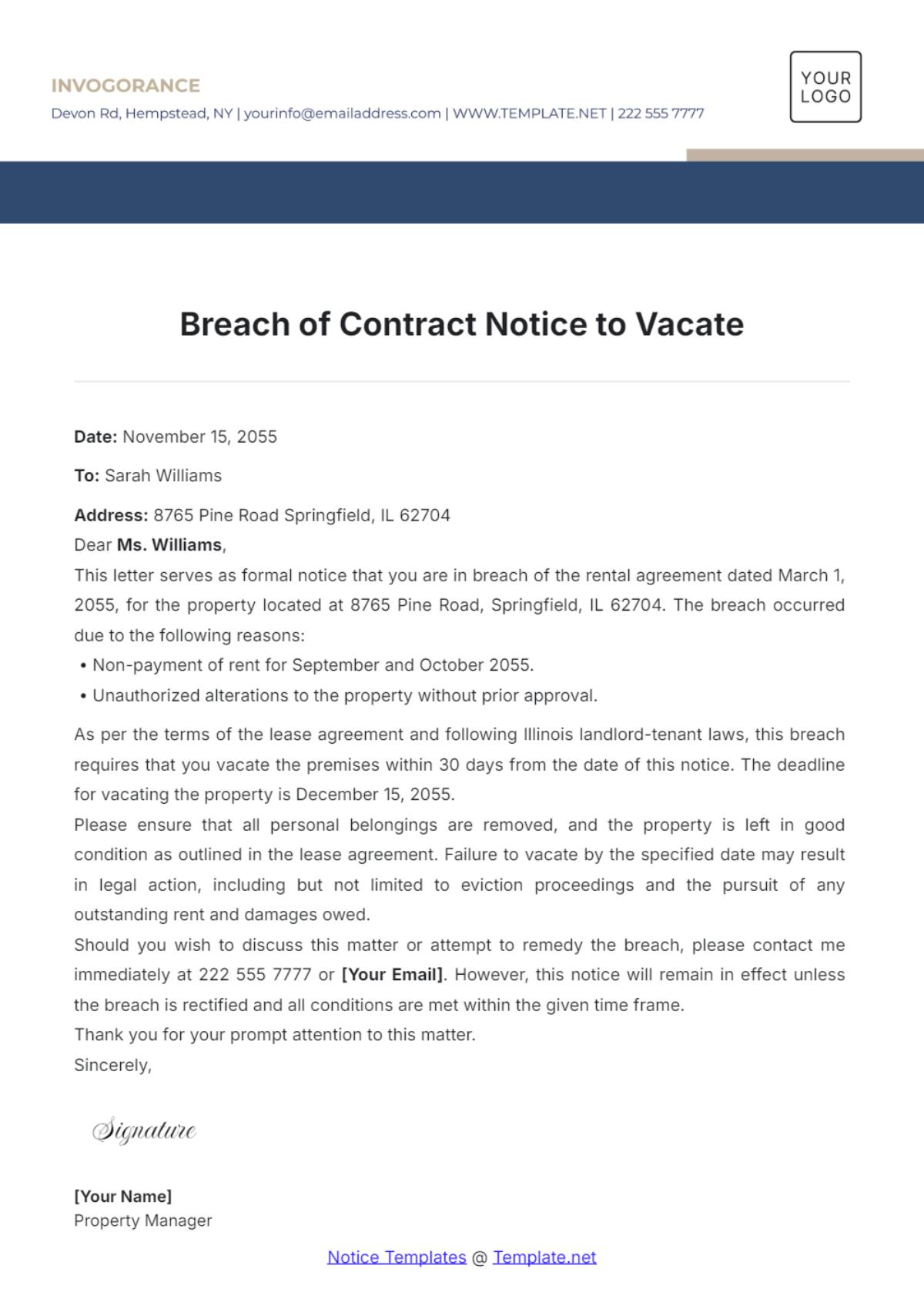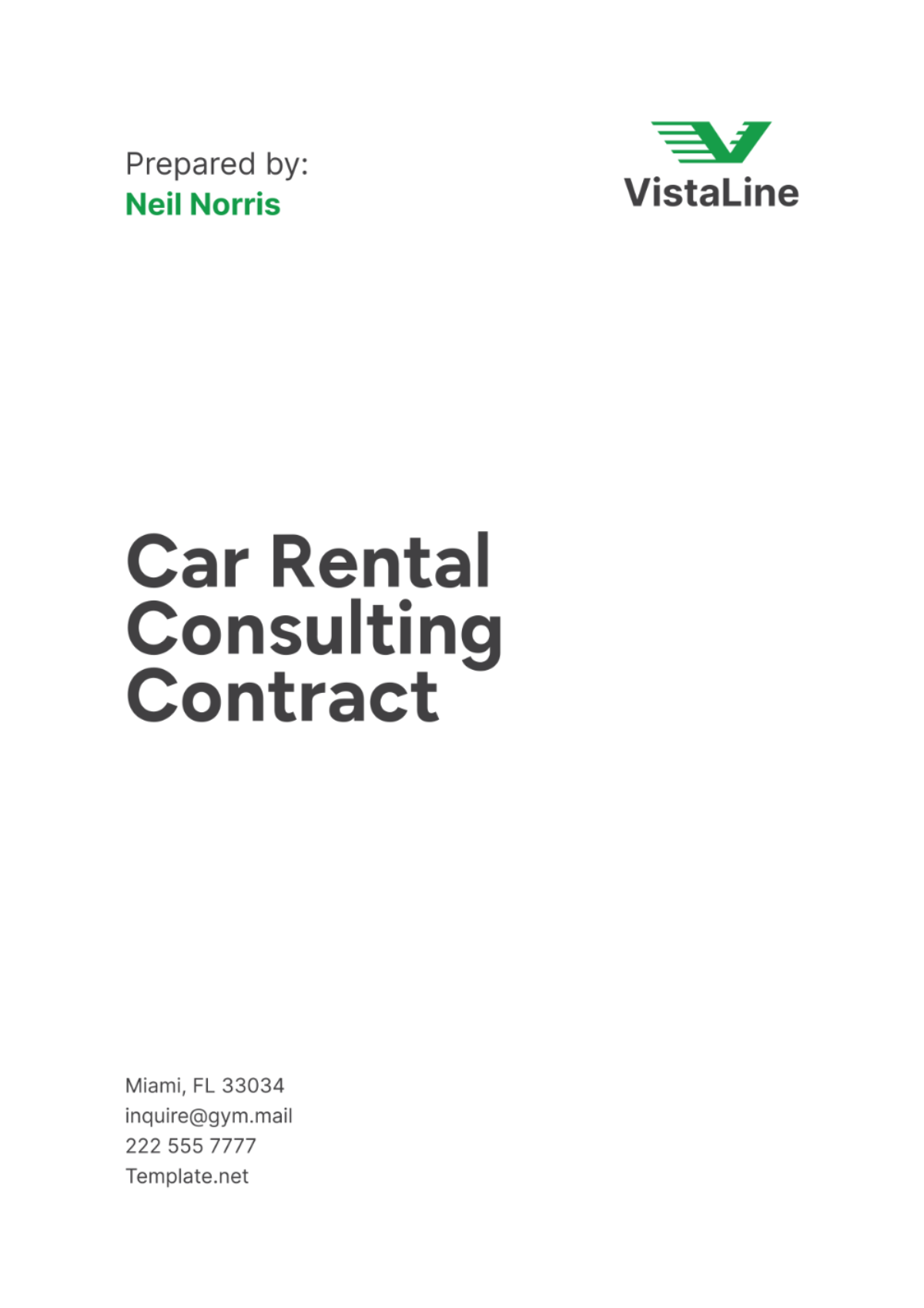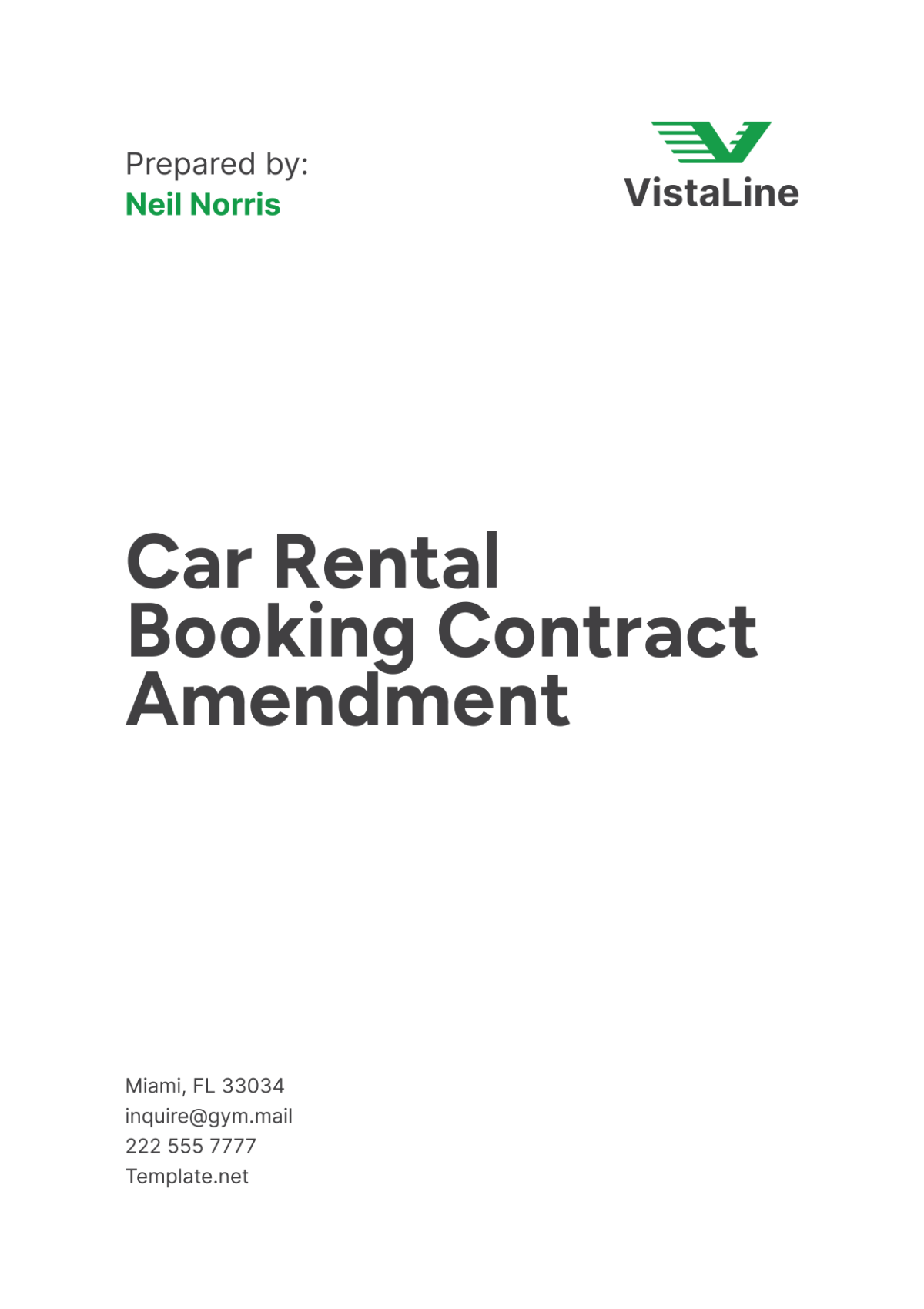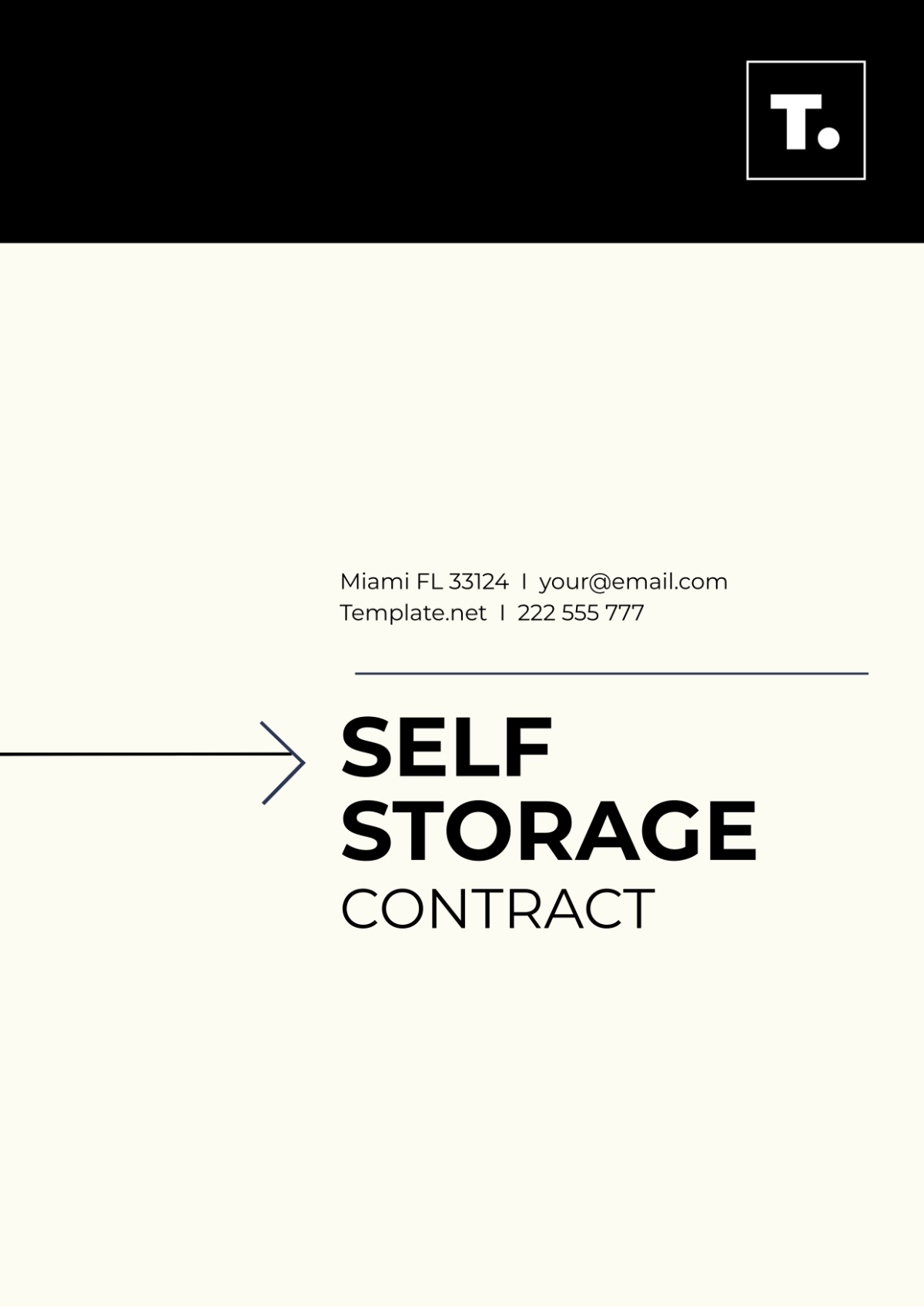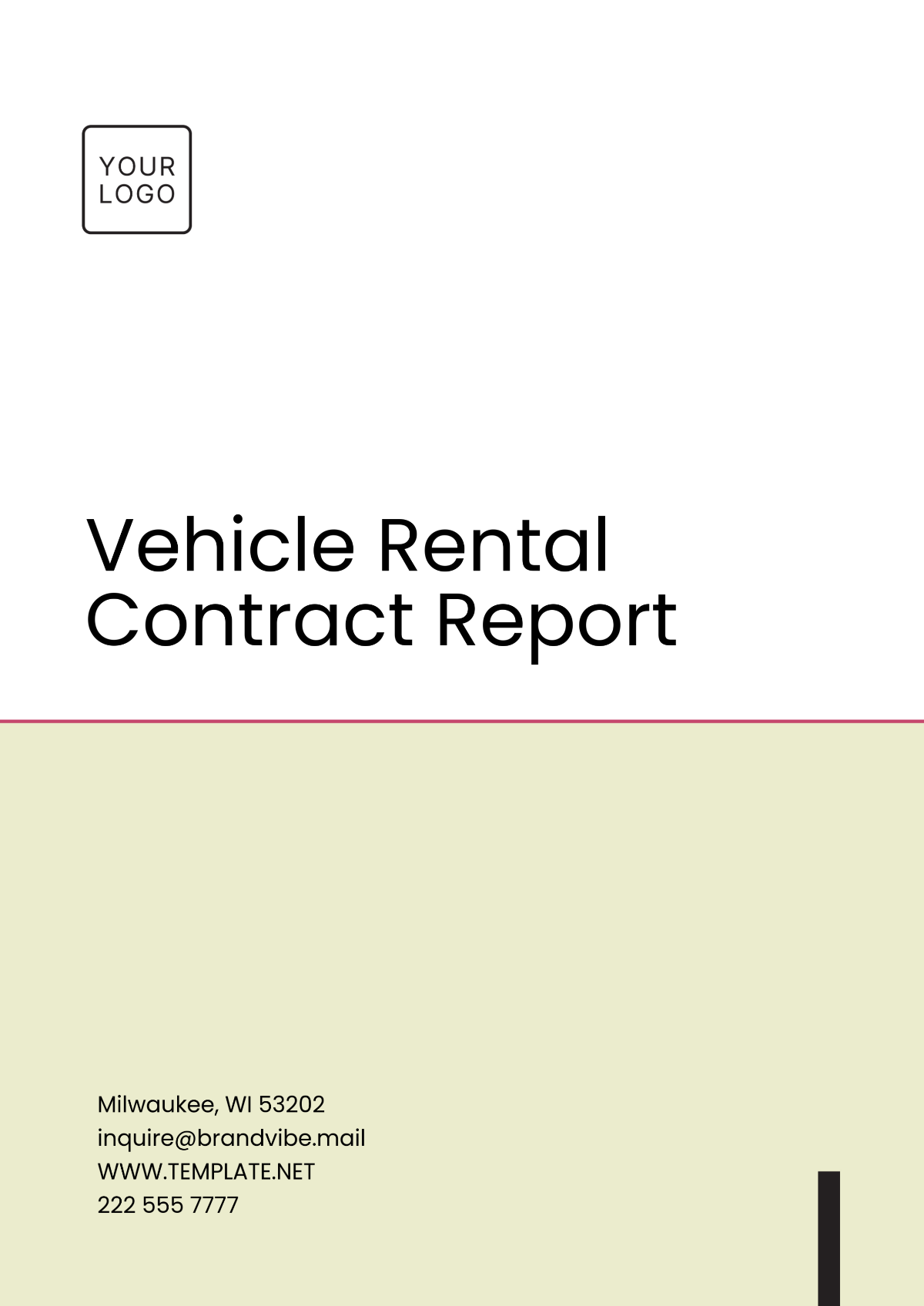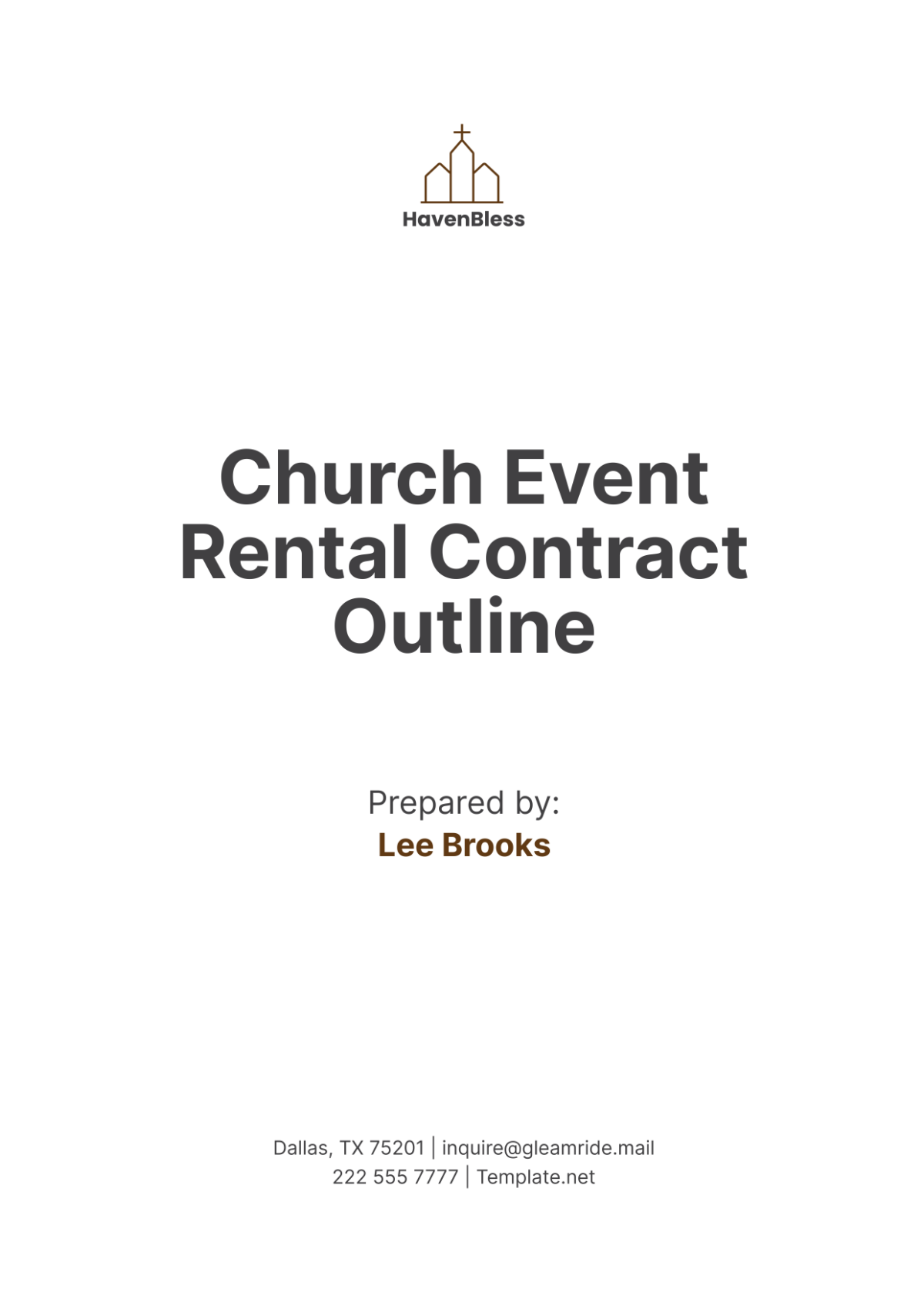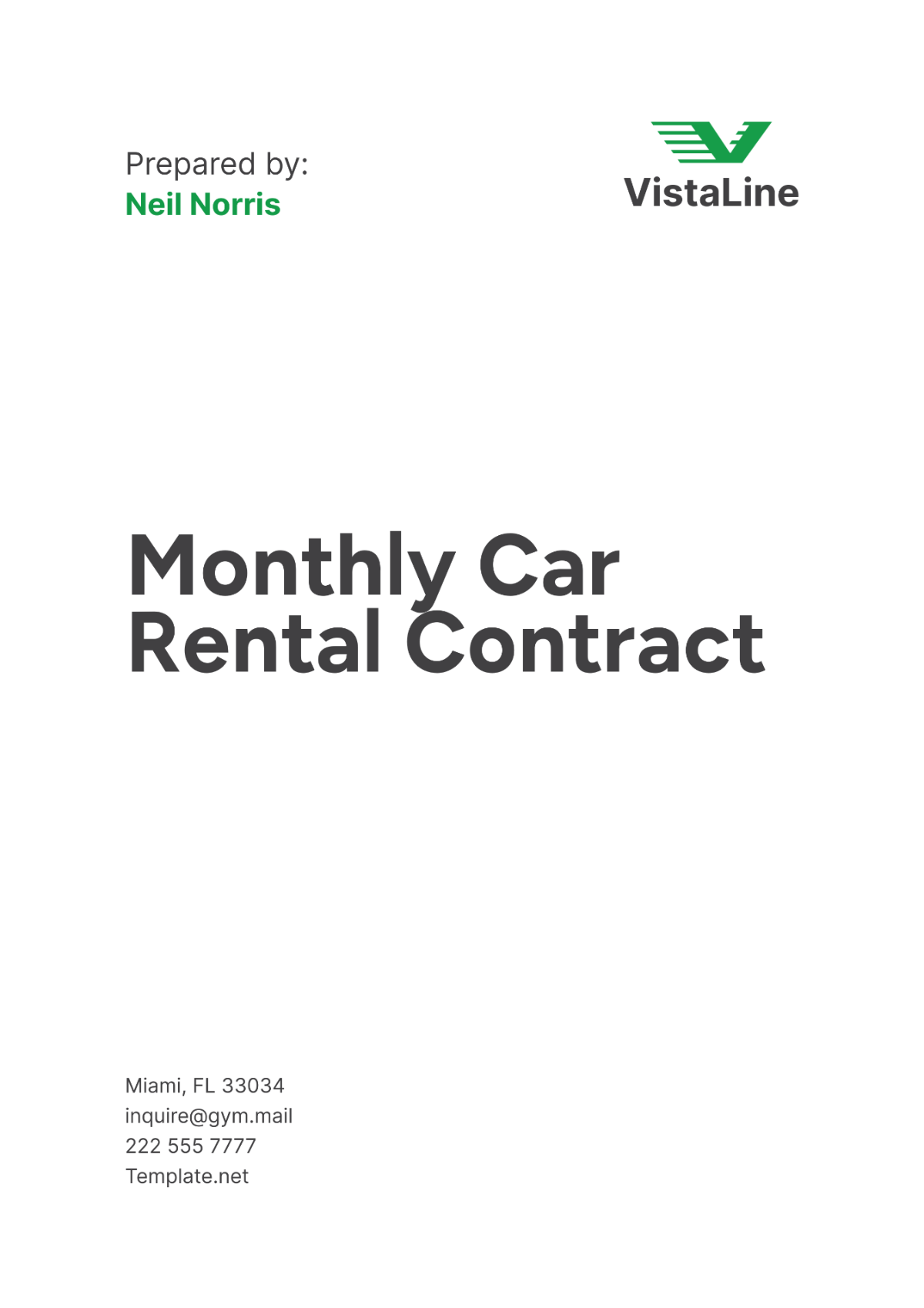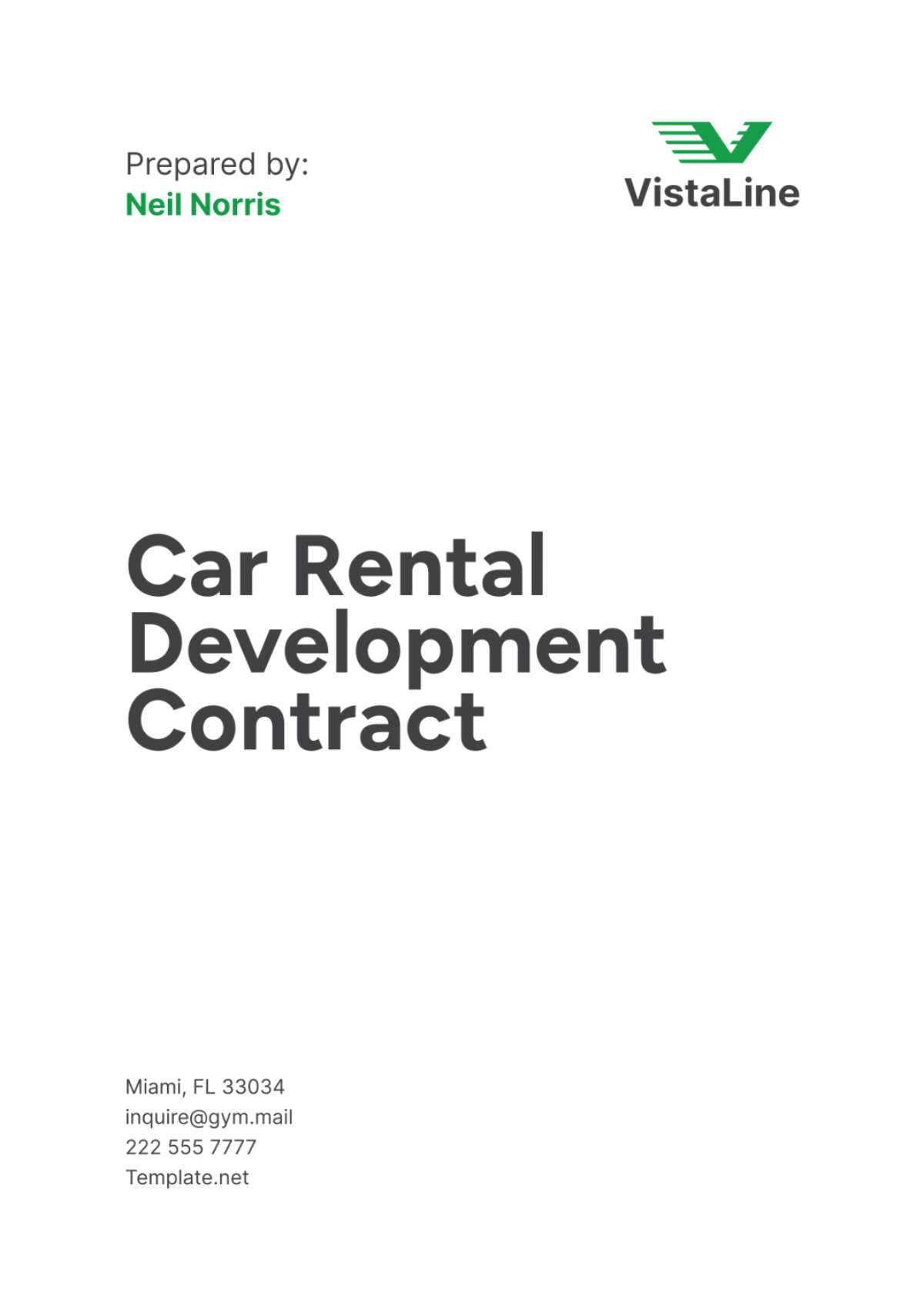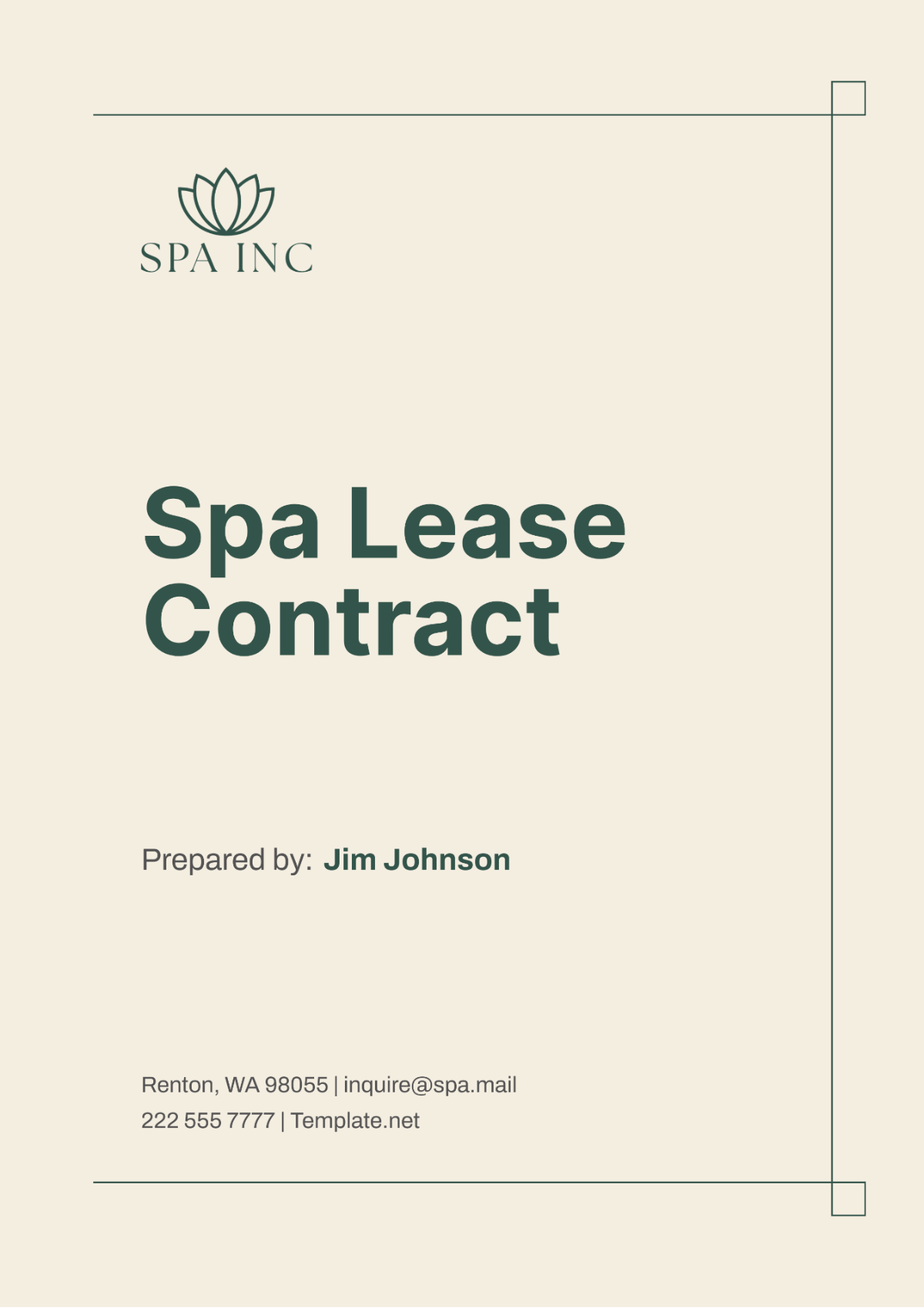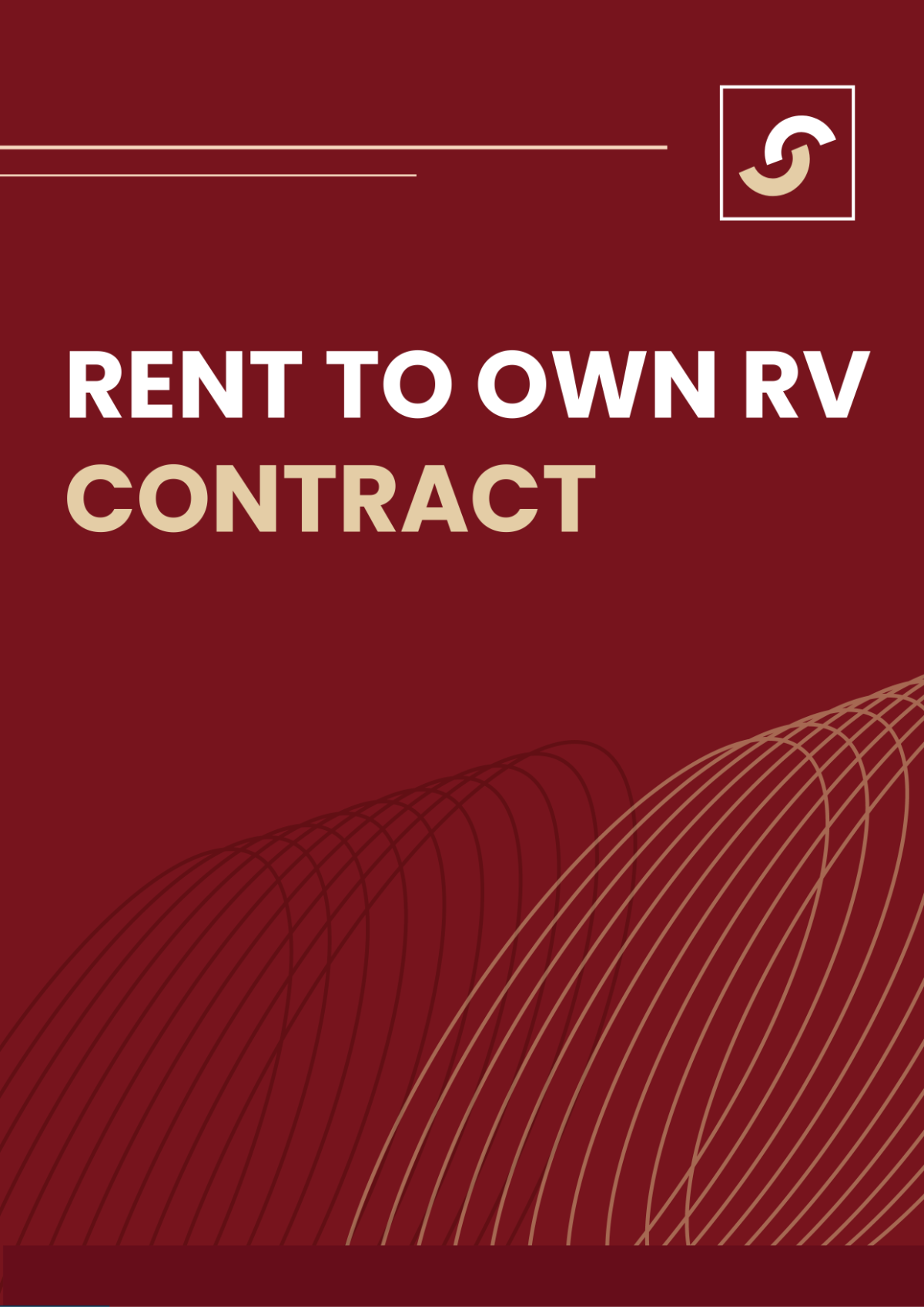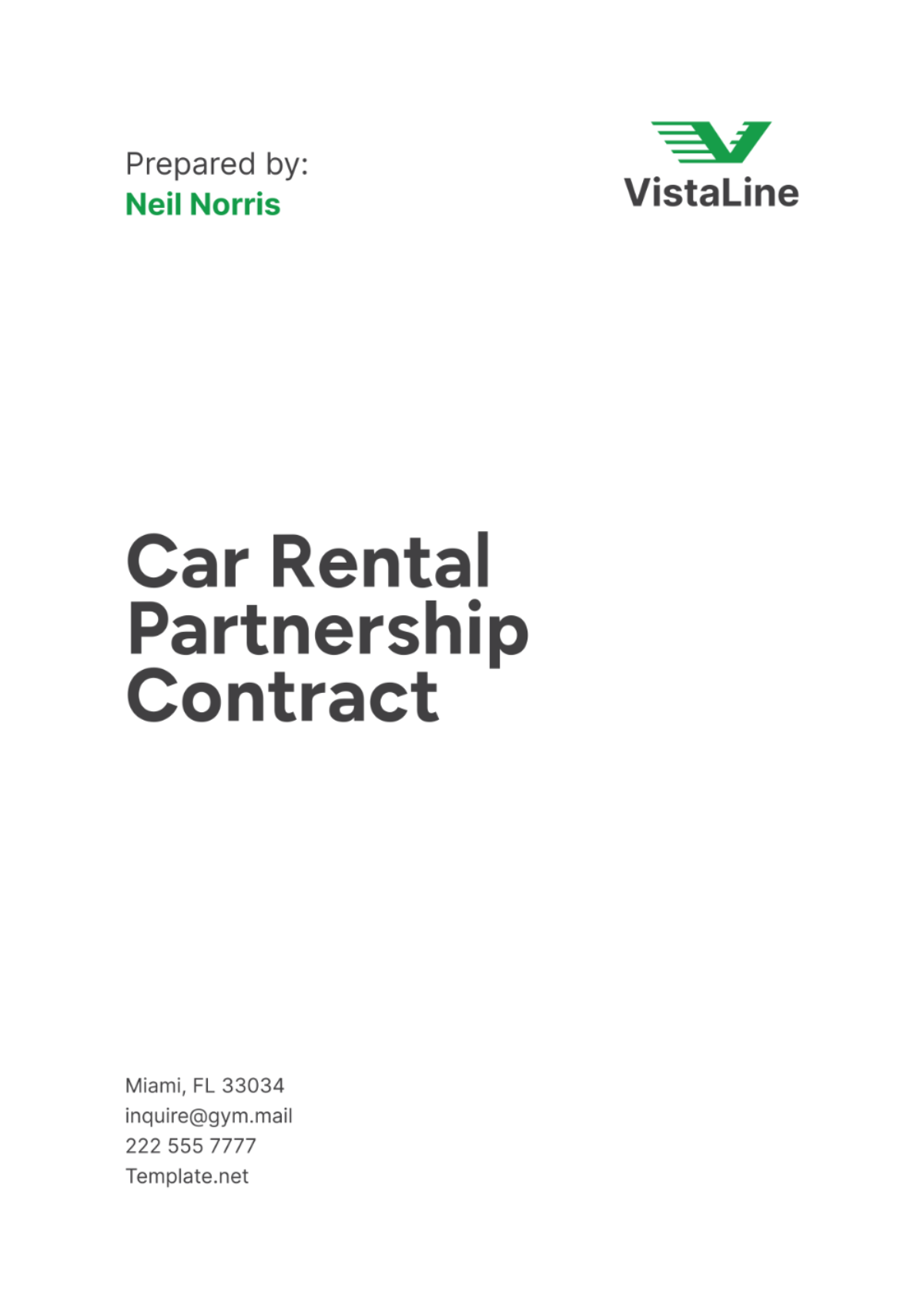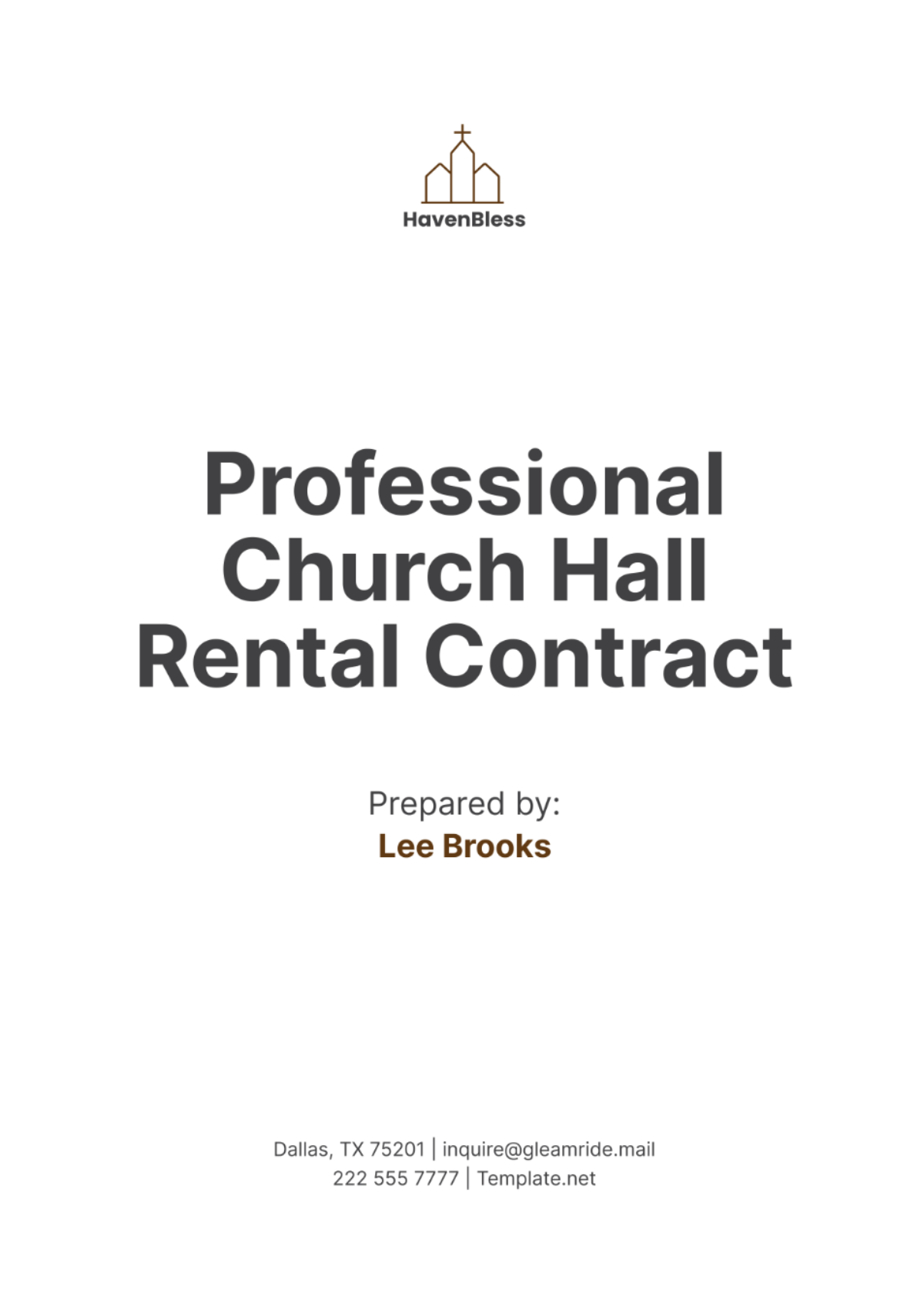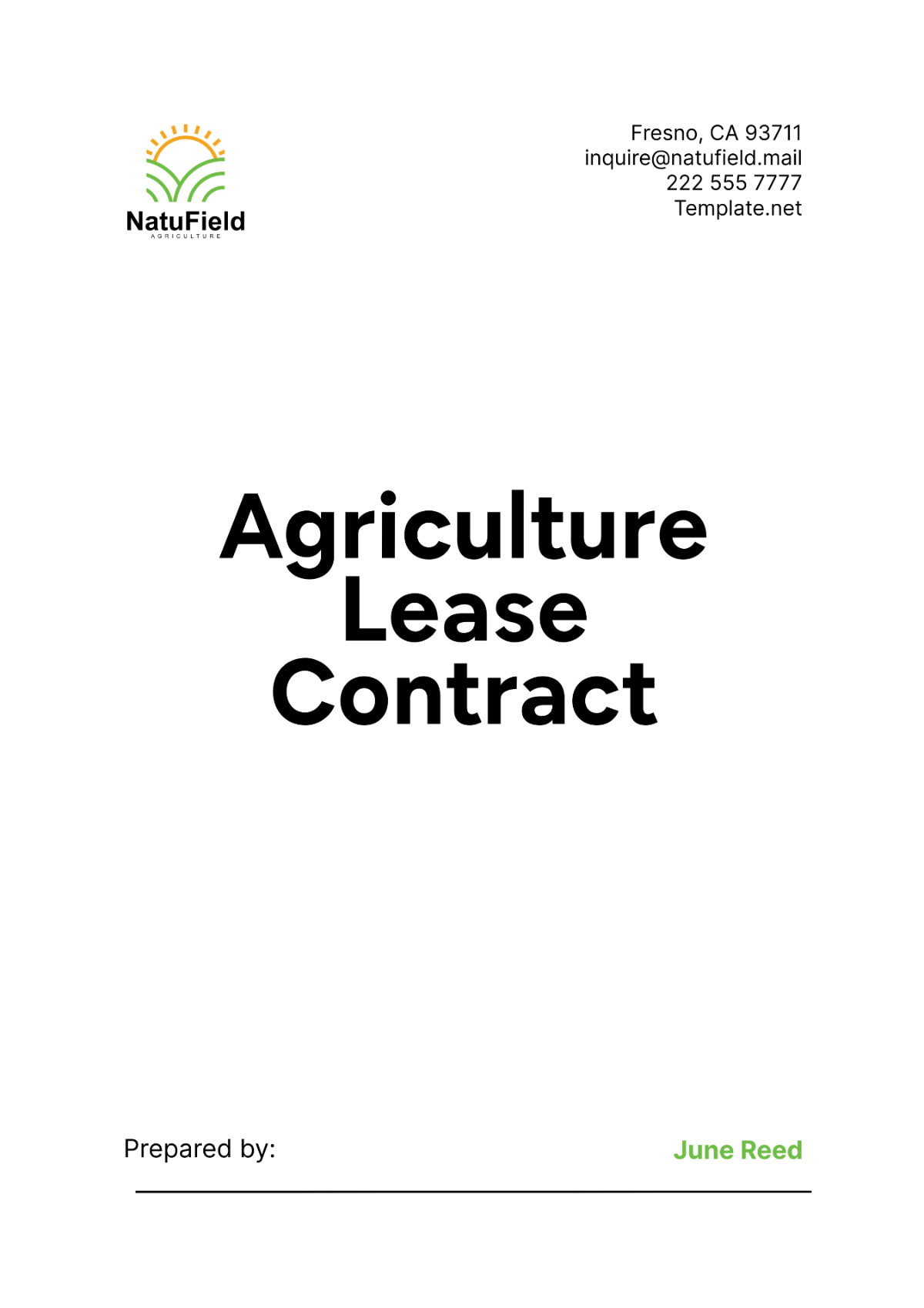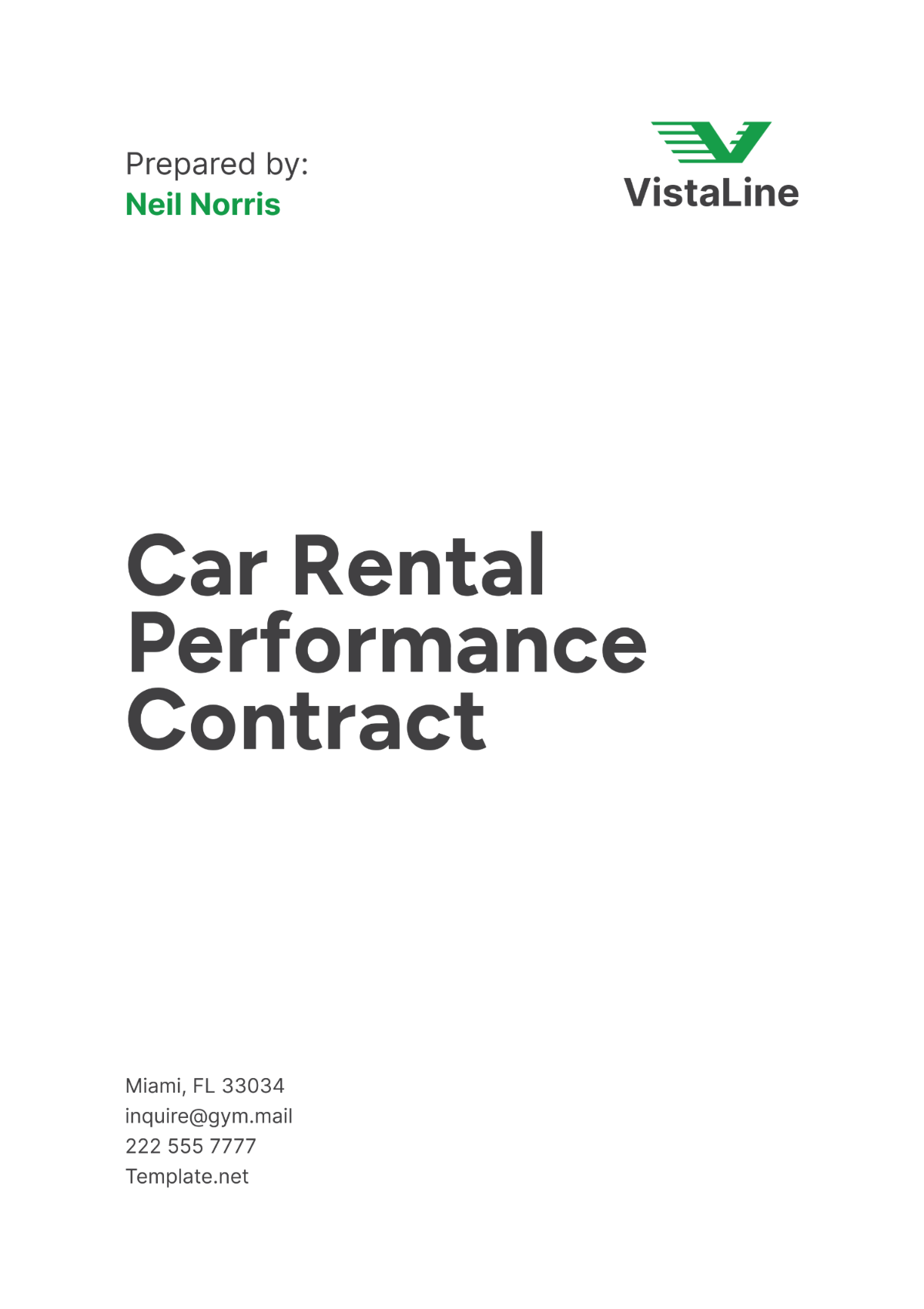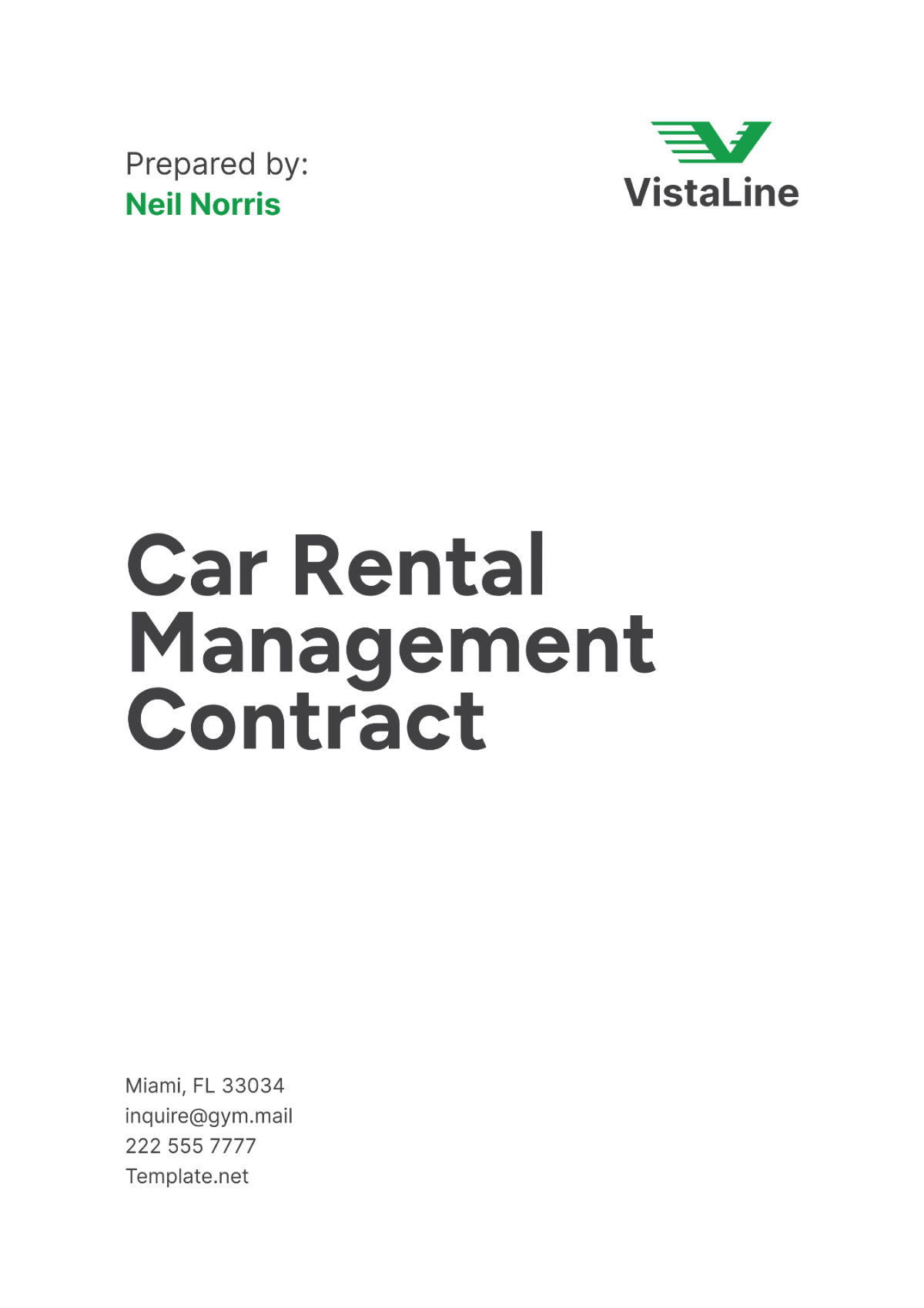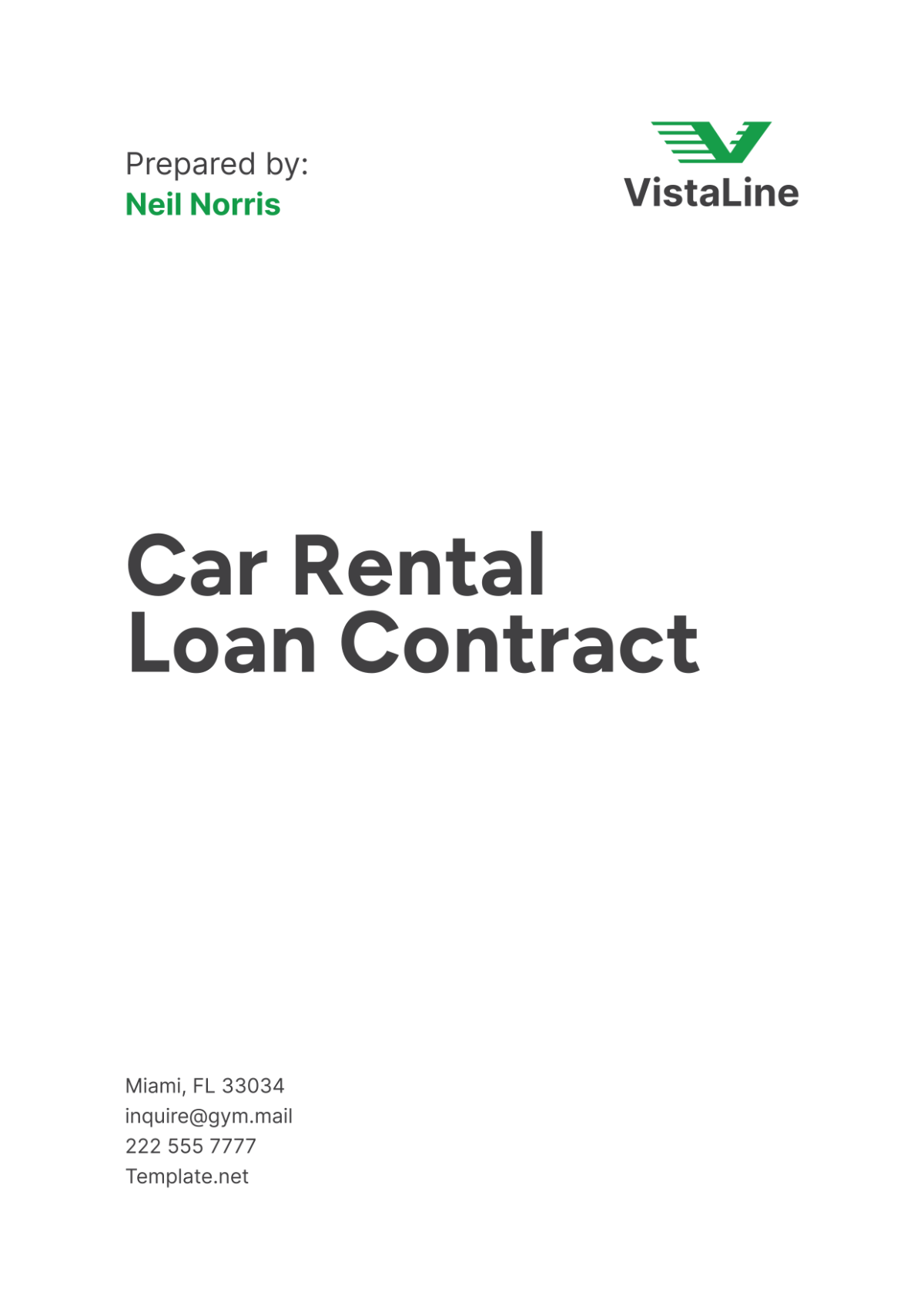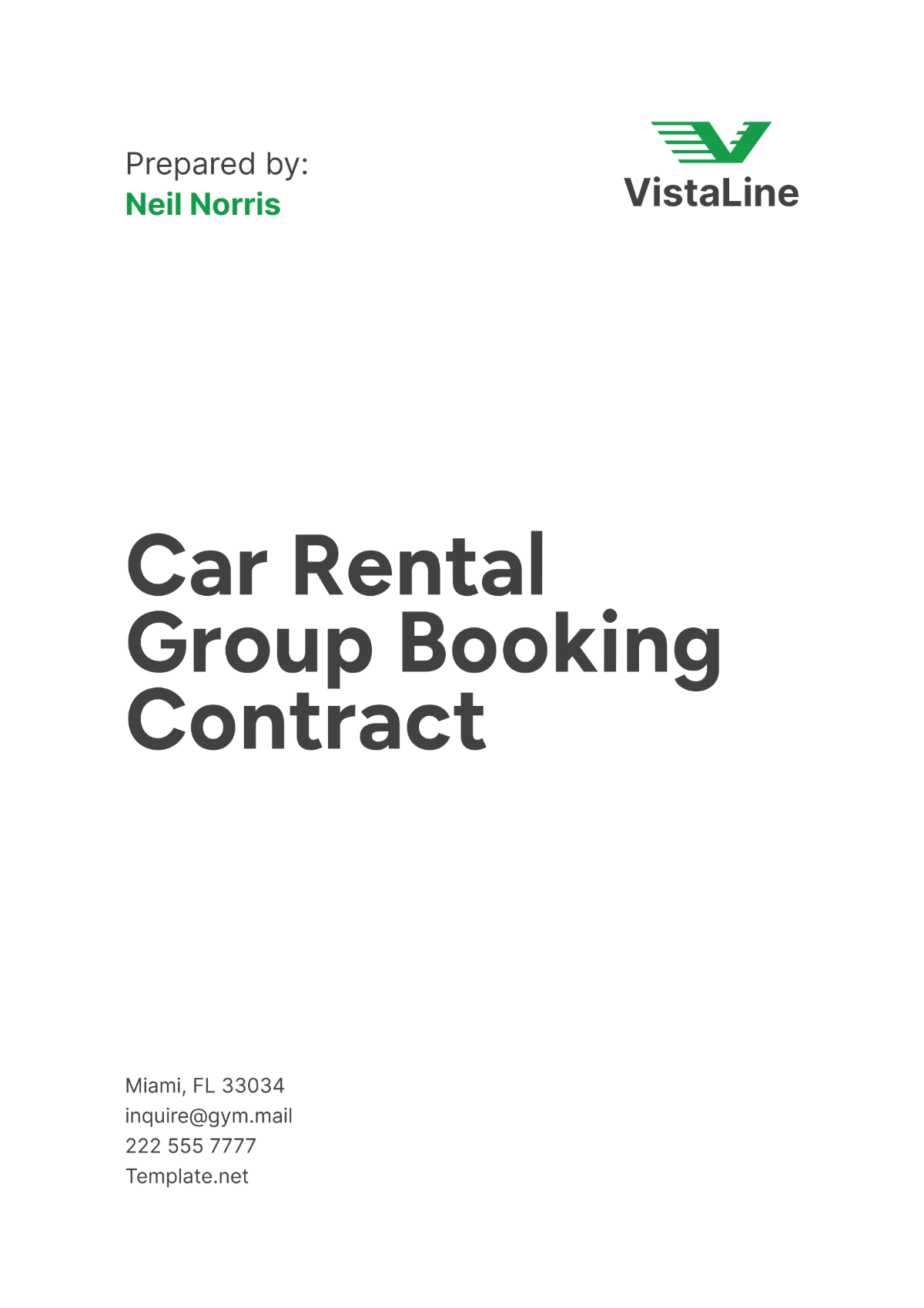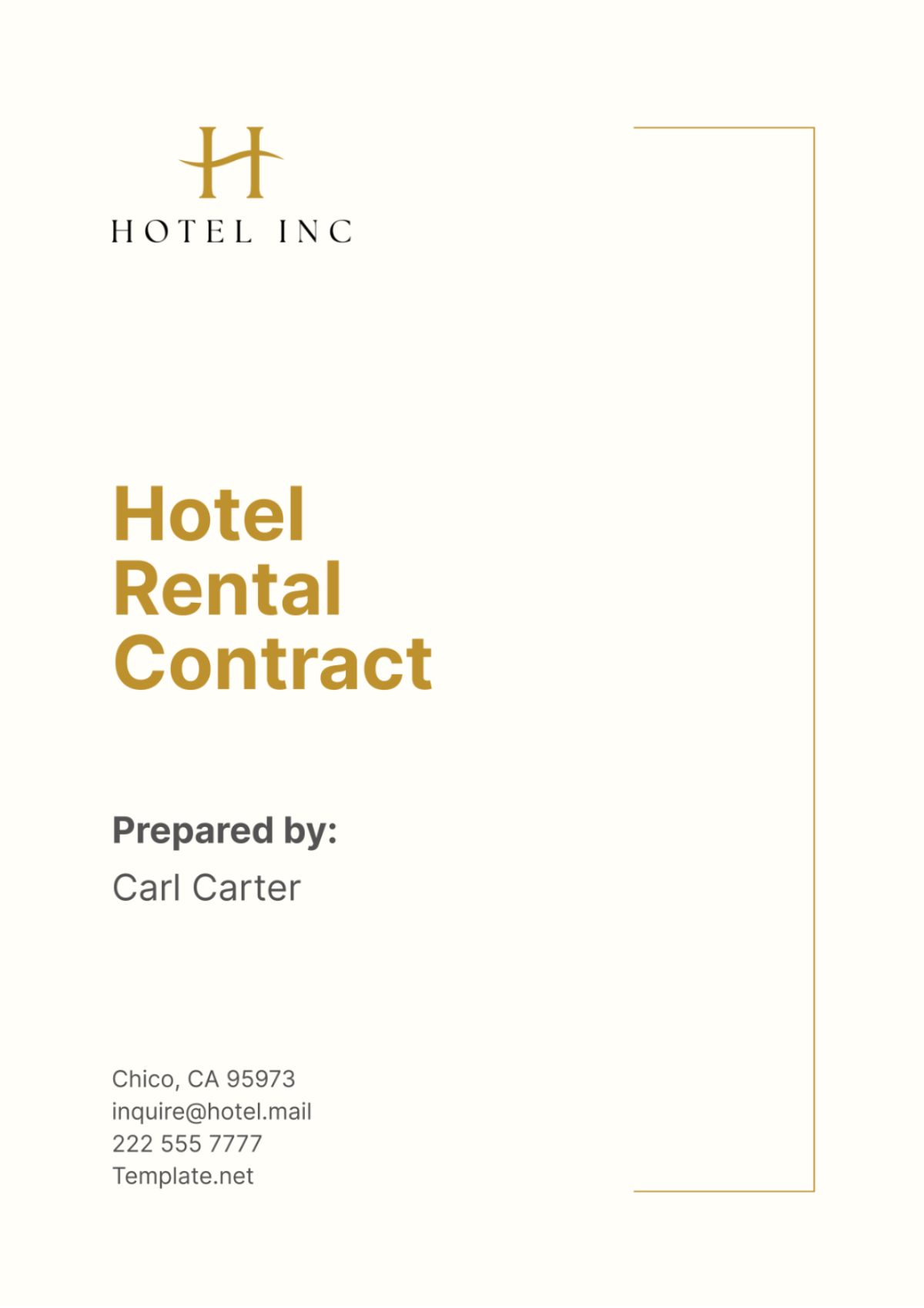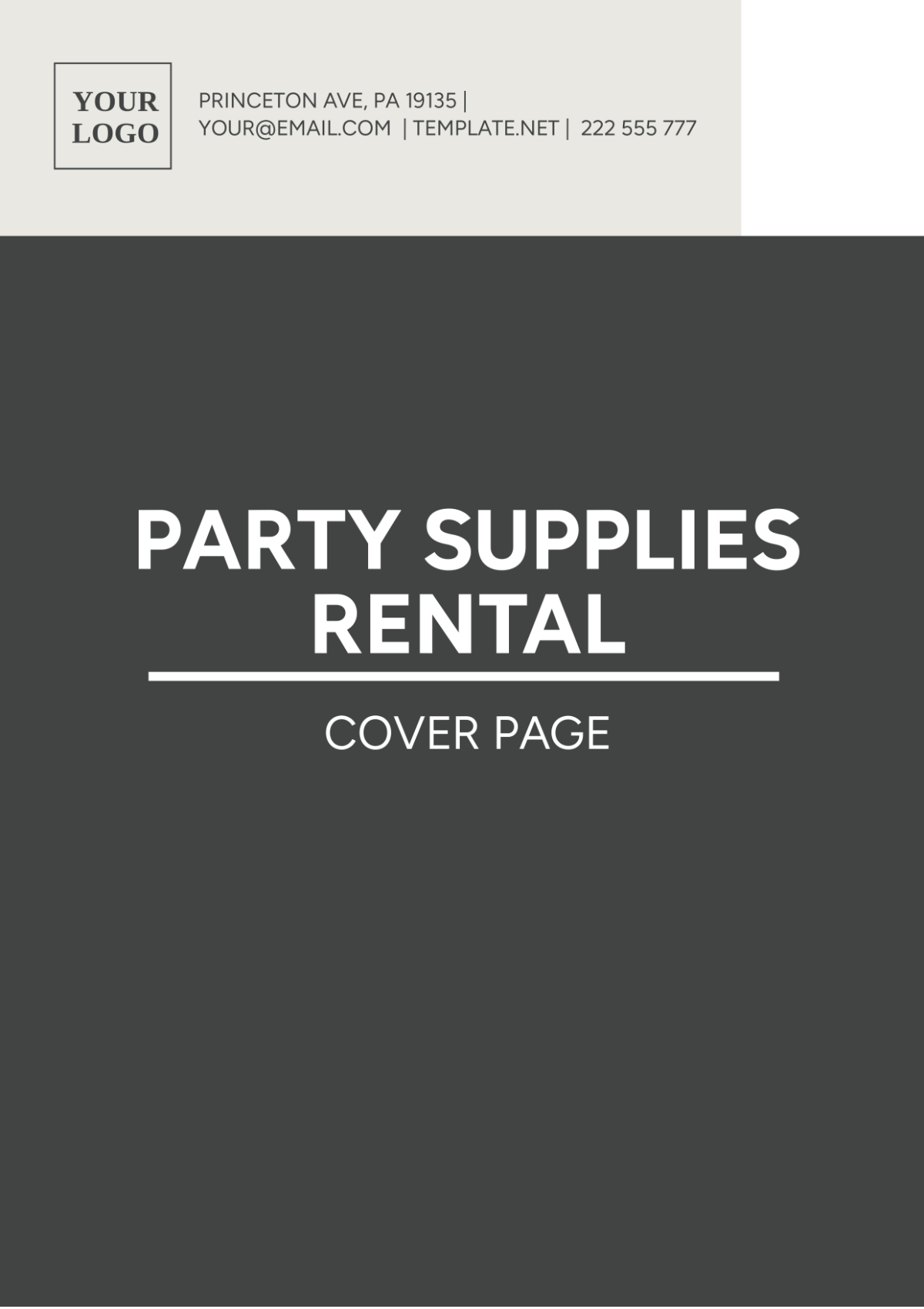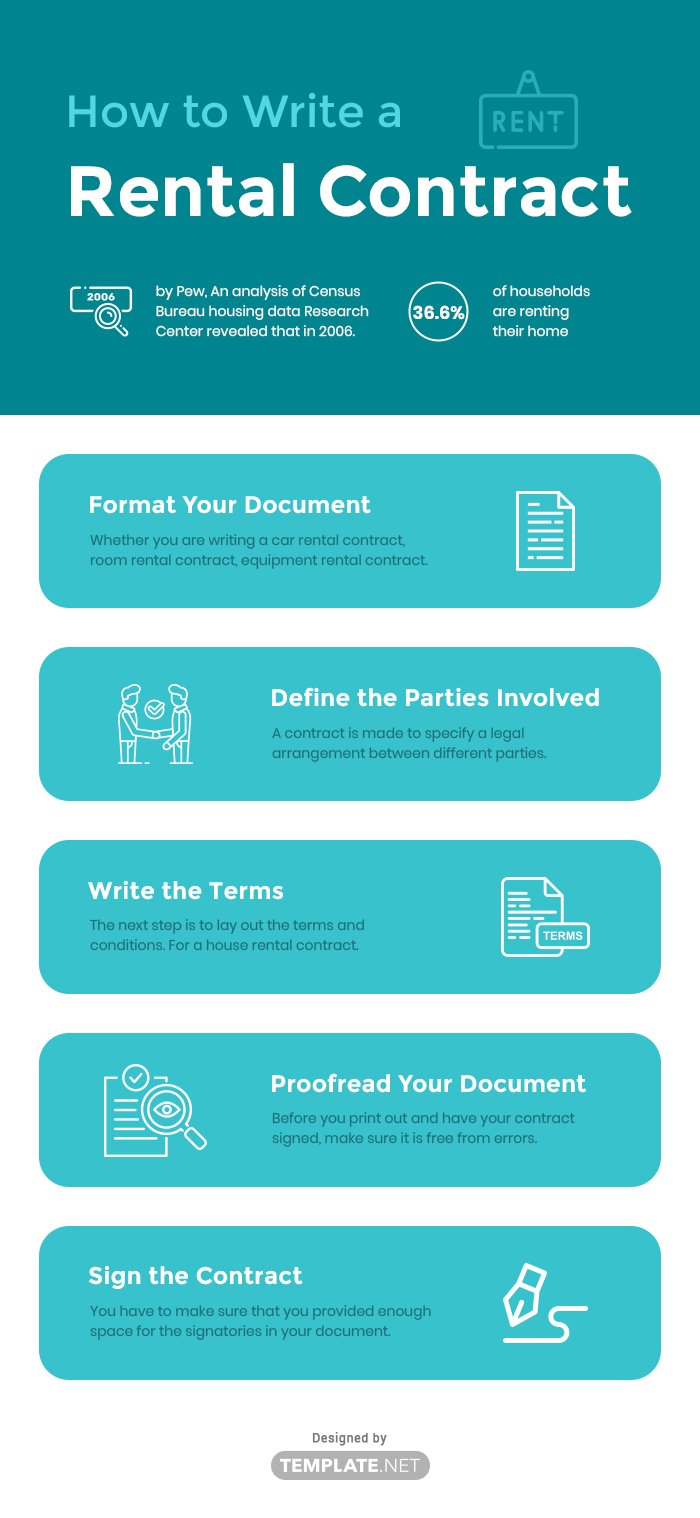A rental contract is a written legal agreement between two or more persons or entities. It establishes a clear relationship between the property owner and the renter and creates a legal obligation for both parties. A contract should consist of four elements namely the offer, acceptance, consideration, and mutuality.
An analysis of Census Bureau housing data by Pew Research Center revealed that in 2006, more households are renting than at any point in 50 years in the United States alone. 36.6% of households are renting their home. With the rise of rental business over the past few years, it is important to secure a legal document that would set forth the rights and responsibilities of both parties. Listed below are five easy ways to write a rental contract.
1. Format Your Document
Whether you are writing a car rental contract, room rental contract, house rental contract, or equipment agreement bear in mind that you are drafting a legal document that would outline the legal rights and responsibilities of both parties. Before you start defining the parties involved and writing the terms of the rental contract, you first need to format and organize your document for formality’s sake. Provide headings for the different sections of your contract. However, to make your contract-writing a whole lot easier, you can download ready-made rental contract templates on this page.
2. Define the Parties Involved
A contract is made to specify a legal arrangement between different parties; for this reason, it is essential to define all the parties involved. Start your contract by clearly stating this information. If you are writing a residential rental contract or house agreement, make sure that you specifically name the property owner or the landlord and the renter or the tenant.
3. Write the Terms
The next step is to layout the terms and conditions. For a house rental contract, make sure you include essential details such as the amount of rent, tenancy period, monthly rental fees, repair, and maintenance contract policy, restrictions, and consequences. Be sure to be specific and be detailed with the terms to avoid future misunderstandings.
4. Proofread Your Document
Before you print out and have your contract signed, make sure it is free from errors. Read your document and see if there are grammatical errors, formatting mistakes, or misspelled words. Also, consult a lawyer and have your contract reviewed.
5. Sign the Contract
You have to make sure that you provided enough space for the signatories in your document. A written contract agreement will assure you that the opposite party will abide by the rules set, which is why there is a need for both parties to affix their signatures on the document. Having the contract signed would mean that both parties are bound by the obligations of that contract.


